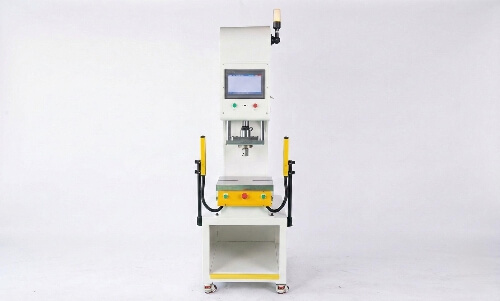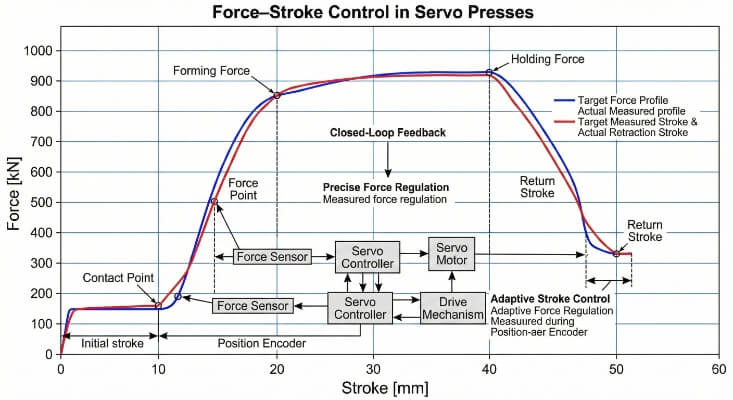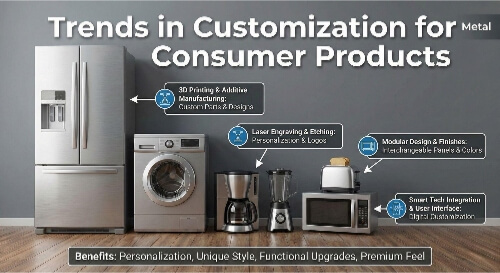When sourcing sheet metal components, you’ll want to prioritize their durability, resistance, and aesthetics. What if I told you that there’s a technology that can dramatically improve the performance and appearance of your sheet metal components? The PVD Coating Process is what I will be explaining to you today.
PVD sounds technical, but it’s pretty practical. It’s used on cutting tools, watch cases, medical parts, and even decorative hardware. Let’s walk through what it involves, step by step.
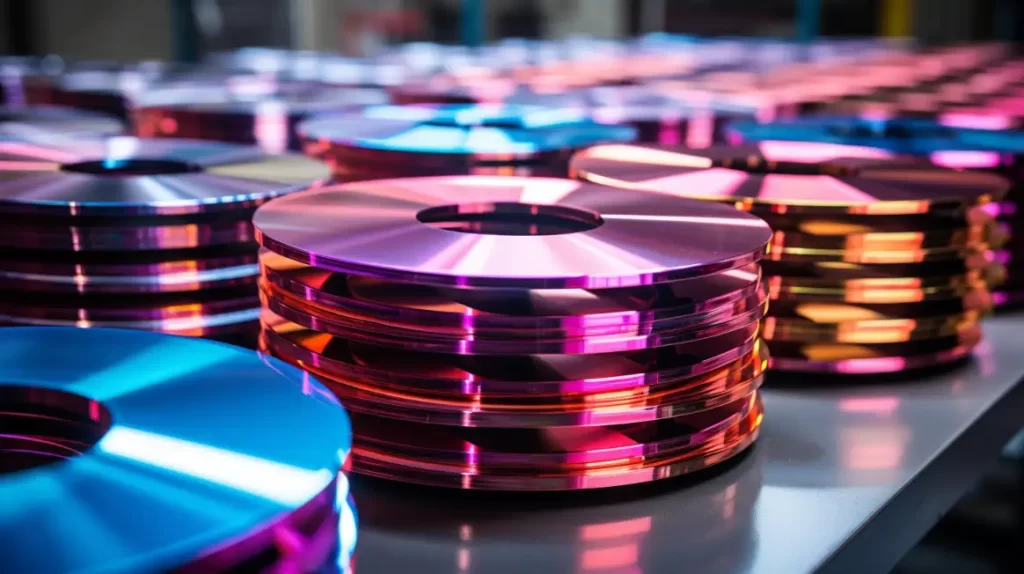
What is the PVD Coating Process?
PVD stands for Physical Vapor Deposition. It is a vacuum-based coating process. A solid metal turns into vapor. Then, this vapor settles on the surface of the part and forms a thin, strong layer. This layer protects the surface from wear, heat, and corrosion. PVD does not involve liquid chemicals. It relies on high heat and vacuum technology.
PVD began in the 1800s with early vacuum metalizing. In the 20th century, it gained use in electronics and aerospace. Technology improved in the 1980s, making it faster and more stable. Since then, it has become a key method in tool coating, medical devices, and decorative hardware.
PVD helps parts last longer. It reduces friction, enhances hardness, and resists corrosion. Many industries rely on PVD to improve the strength and life of tools, machine parts, and components. It supports clean production and reduces waste. That’s why it fits modern needs for quality and sustainability.
How the PVD Coating Process Works?
To understand how PVD improves part surfaces, it helps to break the process down into clear, simple steps.
Physical vs. Chemical Vapor Deposition
PVD stands for Physical Vapor Deposition. It is different from Chemical Vapor Deposition (CVD). PVD uses heat or electric energy to turn solid metal into vapor in a vacuum chamber. The vapor sticks to the part and forms a thin film. No chemical reaction is needed.
CVD, by contrast, uses gases that react with the surface. These gases create a new material layer through a chemical reaction. CVD often needs higher temperatures and involves more complex chemistry.
PVD is cleaner, operates at lower temperatures, and is compatible with a wide range of parts, ensuring they are not damaged.
Basic Steps in the PVD Process
- Cleaning: The part is cleaned to remove dirt, oil, or rust. This step is key for strong adhesion.
- Loading: The clean parts go into a vacuum chamber.
- Evaporation: The coating metal, such as titanium or chromium, is heated or bombarded with ions. It turns into vapor.
- Deposition: The vapor travels through the vacuum and lands on the part’s surface. It forms a solid thin film.
- Cooling and Unloading: After coating, the parts cool down and are removed from the chamber.
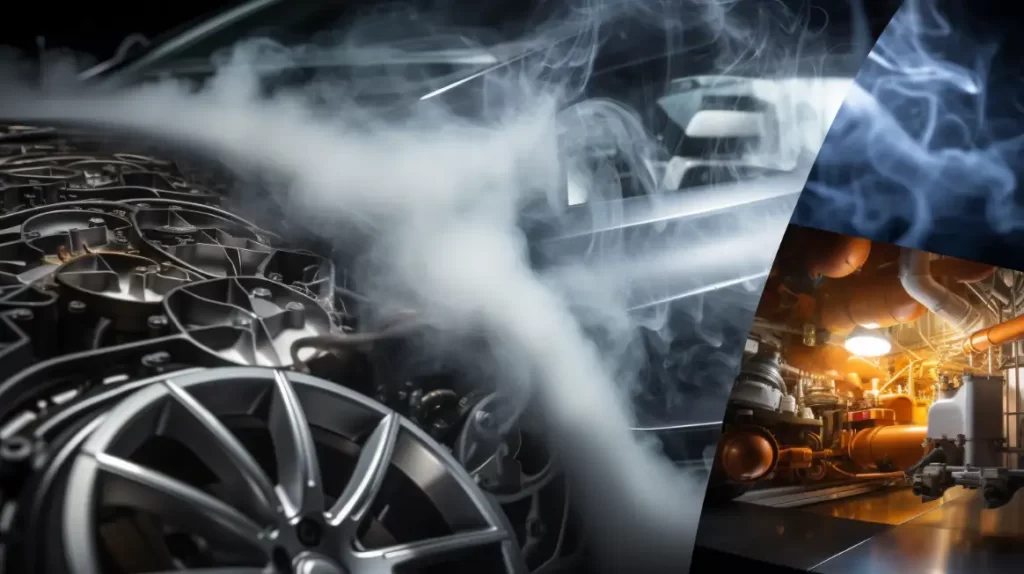
Common Types of PVD Techniques
There are several PVD methods. Each works in a slightly different way, but they all use vapor to coat a surface in a vacuum.
Sputter Deposition
Sputtering uses ions to knock atoms off a metal target. These atoms turn into vapor and coat the part. A gas, such as argon, is added to the vacuum chamber. It forms plasma and creates ions. The ions hit the metal target at high speed. Metal atoms then fly off and form a thin layer on the part’s surface. Sputtering produces smooth, even coatings and is well-suited for thin films.
Electron Beam Evaporation
This method uses a high-energy electron beam to heat the coating metal. The metal melts and turns into vapor. The vapor travels across the chamber and lands on the part. This technique allows for precise control over the thickness and purity of the coating. It works well for materials with high melting points.
Arc Vapor Deposition
Arc deposition uses an electric arc to strike the metal target. The arc creates a very hot spot that vaporizes the metal. The vapor turns into plasma, which coats the parts. This method creates dense, strong coatings. However, it can also produce small particles or droplets in the film. These need to be controlled for a smooth surface.
PVD Coating Materials and Substrate Compatibility
Choosing the right coating and matching it with the right base material ensures strong bonding and performance.
Metal and Ceramic Coating Options
PVD coatings include both metal and ceramic types. Metal coatings, like titanium nitride (TiN) or chromium nitride (CrN), are tough and wear-resistant. They are used in tools and machine parts.
Ceramic coatings, such as zirconium nitride (ZrN), are suitable for heat and corrosion resistance. Some coatings blend metal and ceramic traits to balance hardness, color, and thermal stability.
Compatible Substrate Materials
PVD works best on materials that can handle vacuum and moderate heat. These include:
- Stainless steel
- Tool steel
- Aluminum
- Titanium
- Carbide
- Plastics (with low-temp PVD)
The substrate must not outgas or deform during the coating process. Metals are the most common base materials due to their strength and stability.
Equipment and Technology Involved
PVD coating relies on precise, high-tech equipment. Each part of the system plays a key role in getting a clean, even coating.
Vacuum Chambers
The vacuum chamber is where the entire coating process happens. It removes air and moisture to avoid contamination. A clean vacuum allows the vapor to travel freely and adhere to the parts. The chamber must be sealed tightly and kept at low pressure during the process.
Target Materials and Cathodes
The target is the metal or compound that turns into vapor. It sits inside the chamber and faces the parts to be coated. In sputtering, the target is hit by ions. In arc deposition, it’s struck by an electric arc. The cathode helps generate energy that breaks atoms off the target. These atoms become the coating.
Heating and Plasma Generation Systems
Some systems use heat to melt the coating metal. Others use a beam of electrons or ions to vaporize the target. Plasma is often created inside the chamber. It helps guide the vapor and enhances its bonding to the surface. These systems require precise controls to maintain a stable process.
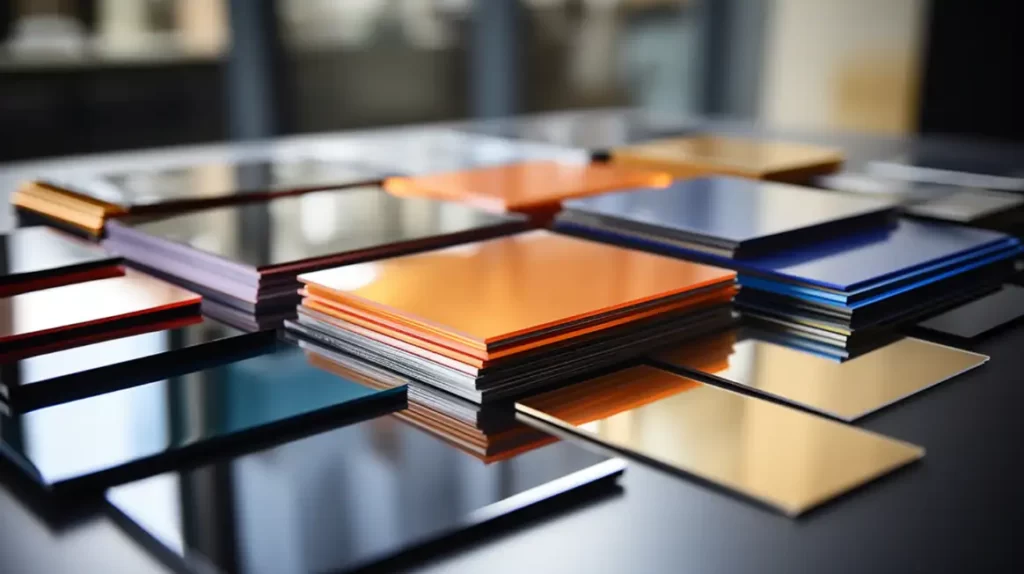
Benefits of Using PVD Coatings
PVD coatings do more than protect. They enhance the performance and appearance of a part. Here’s what makes them so valuable.
Hardness and Wear Resistance
PVD coatings are tough. They can withstand high stress, cutting, and repeated use. Tools coated with titanium nitride, for example, remain sharper for longer. The hard surface helps reduce edge wear, surface damage, and cracking.
Corrosion Protection
Some coatings block moisture, air, and chemicals. Chromium nitride and zirconium-based coatings form tight barriers that slow down rust and corrosion. This helps in harsh environments, such as those with saltwater or humid air.
Friction and Lubrication Improvements
PVD reduces surface friction. A smoother, more rigid surface means less drag between moving parts. In dry or high-speed applications, this helps reduce heat and wear. Some coatings function like dry lubricants, reducing the need for oil or grease.
Aesthetic Enhancements
PVD also improves appearance. It provides parts with a shiny, uniform finish in colors such as gold, black, silver, or bronze. These coatings don’t fade or peel easily. That makes them popular for tools, watches, hardware, and consumer products.
Limitations and Challenges
PVD offers many benefits, but it also has some limits. Knowing these helps decide when it’s the right fit.
High Initial Equipment Cost
PVD systems need vacuum chambers, power supplies, and precise controls. These tools are expensive to buy and set up. For small shops or those with low-volume needs, this cost can be challenging to justify.
Substrate Size and Shape Limitations
The part must fit inside the vacuum chamber. Large or oddly shaped parts may not coat evenly. Sharp corners, deep holes, or blind spots can block the vapor flow. This results in uneven coverage or thinner spots.
Sensitivity to Surface Cleanliness
PVD needs spotless surfaces. Any dirt, oil, or oxide layer can stop the coating from sticking. Even a minor flaw can cause peeling or weak spots. That’s why cleaning steps are strict and detailed.
Not Ideal for Thick Coatings
PVD creates fragile layers—usually between 1 to 5 microns. This is perfect for wear and friction control but not for building up thick protective layers. If the part requires a dense barrier, other coating methods may be more effective.
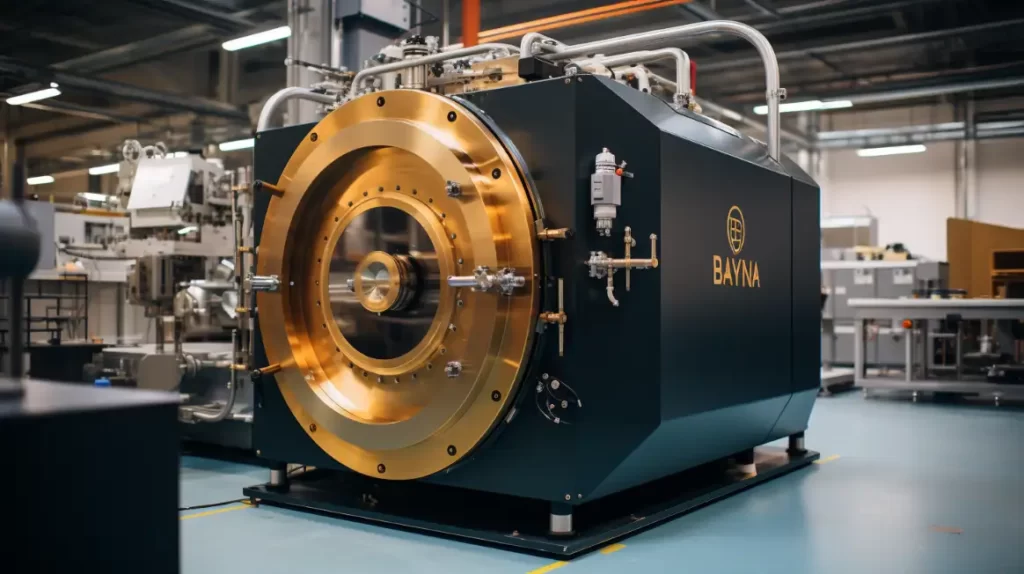
Industrial Applications of PVD Coating
PVD coating is used across many fields. It improves performance, adds protection, and enhances appearance.
Cutting Tools and Molds
PVD is widely used on drill bits, end mills, and stamping dies. Coatings like TiN and TiAlN make these tools harder and more heat-resistant. This helps them cut faster, last longer, and reduce downtime in machining.
Medical Devices and Surgical Tools
Surgical scissors, scalpels, and implants often have PVD coatings. These coatings are biocompatible, smooth, and corrosion-resistant. They make tools easier to clean and reduce the risk of infection. They also extend tool life in sterile environments.
Automotive and Aerospace Components
In cars and aircraft, PVD helps protect small, high-performance parts. These include valve parts, gears, and engine parts. Coatings resist heat, wear, and corrosion. This helps improve reliability and reduce maintenance.
Consumer Electronics and Watches
PVD adds color and scratch resistance to phones, laptops, and watches. It gives a sleek finish that lasts longer than paint or plating. The coating resists fading and keeps products looking new even after daily use.
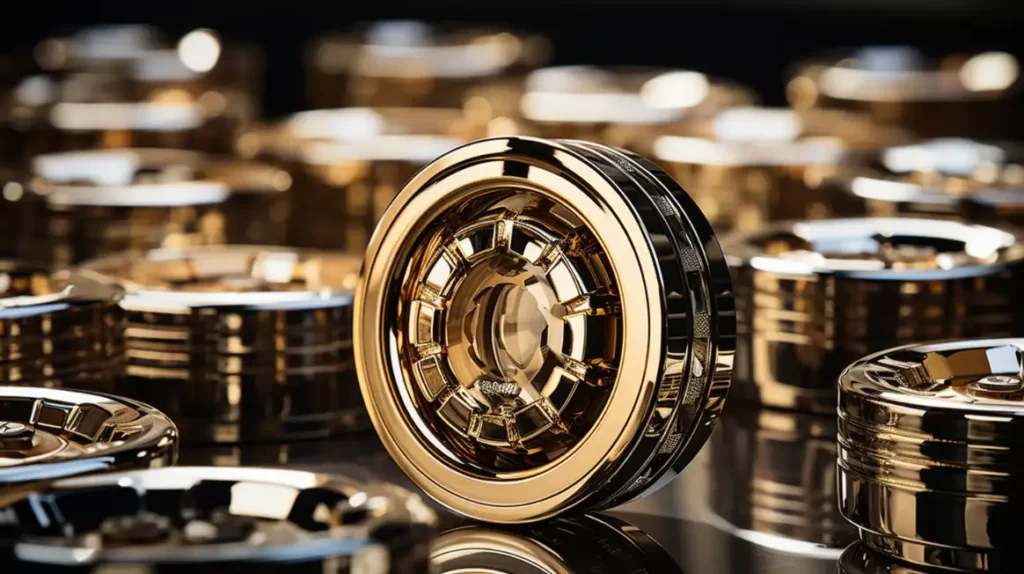
Quality Control and Inspection Methods
PVD coatings must meet strict standards. Quality checks help ensure that each part receives the correct thickness, strength, and finish.
Coating Thickness Measurement
A key step is measuring the thickness of the coating. Tools like calipers or X-ray fluorescence (XRF) are used. They verify that the coating meets the design specifications. Thickness is usually just a few microns, so accuracy matters.
Adhesion Testing
To ensure the coating adheres well, adhesion tests are conducted. A standard method is the scratch test. A stylus presses on the surface with increasing force. If the coating peels or cracks too soon, it fails the test.
Visual and Optical Inspection
Technicians inspect for flaws such as pits, cracks, or uneven color. They use microscopes or bright lights to check the surface. Any visible defect can reduce part quality or performance.
Wear and Scratch Testing
Parts may be rubbed or scraped under controlled force. This checks how well the coating resists wear and tear. Some labs use machines to test friction, hardness, and surface damage over time.
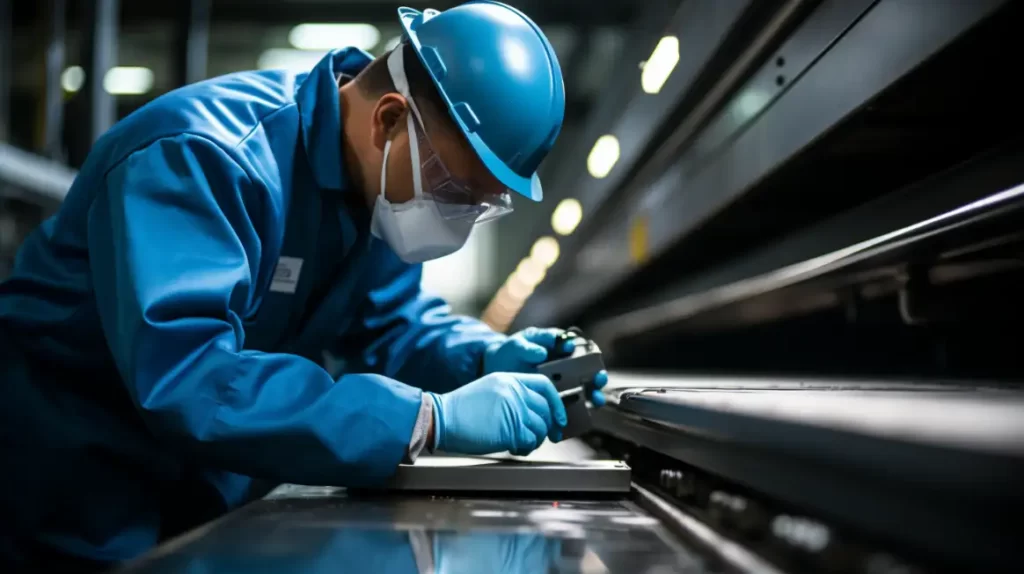
Conclusion
PVD coating is a clean and precise method for protecting and enhancing metal and plastic parts. It uses vaporized metal in a vacuum to create a thin, hard, and durable surface. The process enhances wear resistance, reduces friction, improves appearance, and protects against corrosion.
Looking for reliable surface coating solutions? We offer fast quotes, technical support, and custom coating services for your product needs. Contact us today to learn how PVD can enhance the performance and lifespan of your parts.
Hey, I'm Kevin Lee

For the past 10 years, I’ve been immersed in various forms of sheet metal fabrication, sharing cool insights here from my experiences across diverse workshops.
Get in touch

Kevin Lee
I have over ten years of professional experience in sheet metal fabrication, specializing in laser cutting, bending, welding, and surface treatment techniques. As the Technical Director at Shengen, I am committed to solving complex manufacturing challenges and driving innovation and quality in each project.

